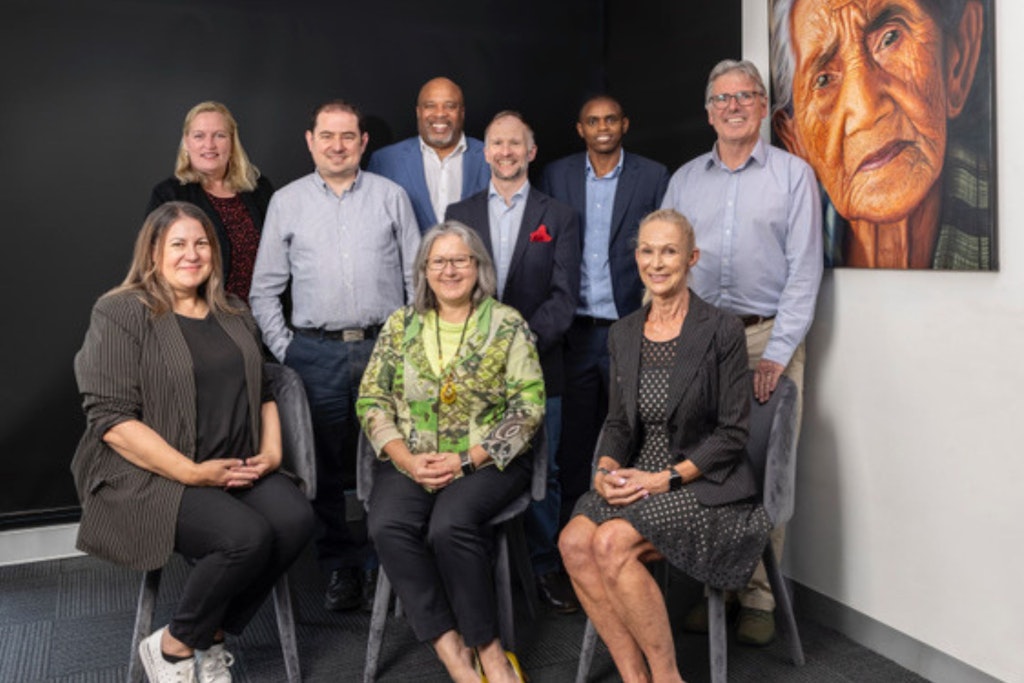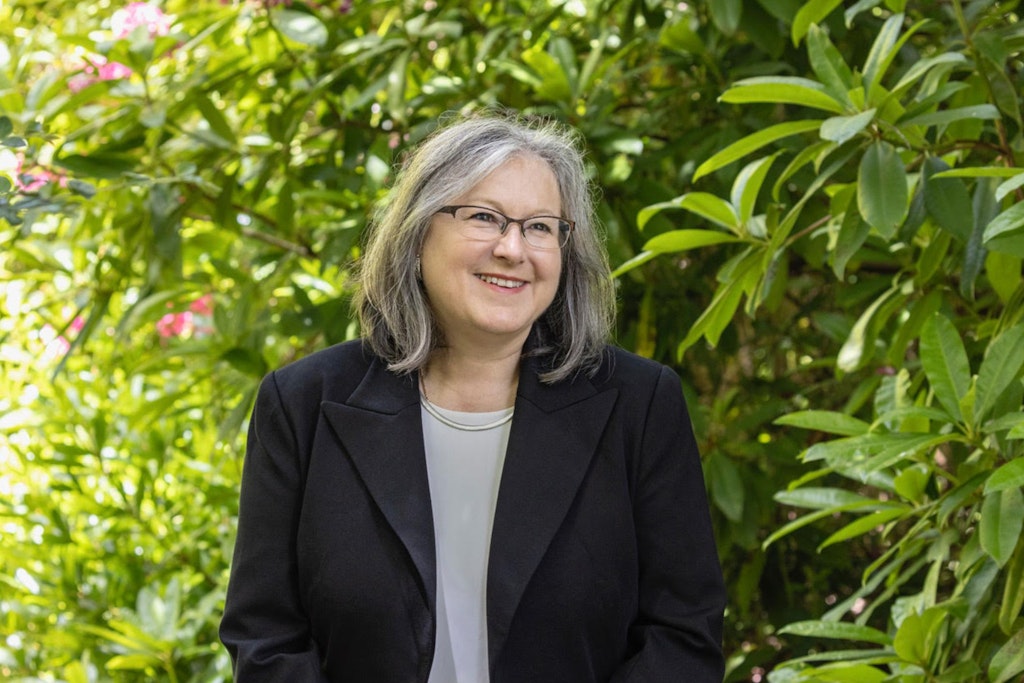The pioneer’s journey: How Dr Caroline Lee and her team made tech accessible for the care industry
Last updated on 28 March 2024

This article features in our recently released hello leaders Summer/Autumn 2024 publication.
It was the early 90s, and the Nursing Homes Act had been released a few years ago. Dr Caroline Lee, the founder and Chief Executive Officer (CEO) of digital solutions company, Leecare Solutions, was helping aged care homes train staff in the new standards and put documentation systems in place.
Homes were struggling with the overwhelming workload, which included writing up care plans in the newer style.
“At that time, information was siloed into different areas around the unit. Sometimes before an accreditation visit, documents would go missing,” Dr Lee said.
“Seeing the stress of the staff trying to rewrite what they had spent months working on made me think, ‘this is enough’. Accountants on another floor no longer had paper invoices or general ledgers. Why not the same for nurses?”
“It became obvious that without software, all of the work we were trying to do with the sector wasn’t helping. Nurses needed somewhere central where documentation wouldn’t be lost, and everything was connected.”
Pioneering technology in aged care
As timing would have it, Dr Lee was in the perfect position to develop a workable IT solution for the aged care industry, starting with support for residential care. After studying Applied Physics at RMIT, Dr Lee had changed careers and became a Registered Nurse specialising in gerontology.
“My whole family were nurses, including my 92-year-old father, who was one of the first trained male nurses in Australia,” she said.
Dr Lee was inspired by how nursing could change people’s lives, but she quickly realised how complex the profession was, especially in the aged care sector. Nurses and care workers dealt with multiple aspects of a person, from treating chronic diseases to wound care, continence programs, mental healthcare and behaviour management strategies.
They needed an integrated software solution, but the only package available at that time was a care planning program that didn’t connect care plans directly with assessments. Respected Director of Nursing friends, Maree Cameron and Christine Unferdorben provided ideas regarding the quality requirements of a software system that also guided development direction.

Dr Lee first created a care plan template to help clients start the IT journey, then reached out to a friend from her science days involved in software development and started working with Damien and Tony.
In 1999, they launched Leecare’s very first software solution, which Dr Lee funded herself. Setting up aged care homes on the new system was slow, hard work.
“I did the installations physically with disks into people’s servers, while Tony did the developing,” Dr Lee said.
“Homes we worked with trusted us, and adopted software before anyone else in the sector. We grew by word of mouth, but it wasn’t easy. We introduced tablet solutions in 2001, and only two clients took it up.”
“We realised we needed to wait for the public to be familiar with the technology before the sector recognised its usefulness. In aged and community/home care, there isn’t always the time to adopt something new, as they’re busy with residents or clients,” she added.
Riding the digital tidal wave

Things began to change in 2006, following widespread IT adoption across Australia’s workforce. To drive efficiency and better compliance with accreditation requirements, the Australian Government started encouraging aged care providers to adopt digital technology.
Leecare won a major contract, employed more staff, and grew from 70 customers to around 250. By 2012, approximately half of residential aged care beds in Australia was managed by electronic record systems, and one of the major electronic record providers was Leecare.
But the team never strayed from its regulatory focus, or from its connection with frontline staff.
“We created configurable systems. Each month, we did a new release and listened to feedback, so they had something that works for them,” Dr Lee said.
“We haven’t strayed from that model because if we don’t build something that will be adopted by staff, then what’s the point? If it doesn’t save people time, then we’re not helping.”
The future of aged care IT
Today, Leecare is based in four countries and has a team of 60 from different disciplines, including ten healthcare professionals. Its leading aged care software platform, the Platinum 6 suite, is an intuitive solution that integrates all care related functions, medication administration, compliance, HR, operational systems and finance management in one centralised location.
They now support organisations providing community and home care support, disability support services, young care as well as residential aged care.
According to Dr Lee, the future is bright for aged and home/community care IT. App technology is driving deeper connections – not just between staff and residents or clients, but also with family or loved ones.
And over the last year, Leecare worked extensively with the medical and pharmacy industry on its e-prescribing journey, creating an integrated system that delivers efficiencies for all.
Technology has also helped meet the urgent needs of an aged care workforce that is increasingly under pressure.
“We’re helping care teams quickly access information about the person they are supporting,” Dr Lee said. “They can look at a screen and read a person’s entire care plan and history, help them approach that person in a respectful way.”
As for the big issue on everyone’s minds, artificial intelligence in healthcare, Dr Lee urges caution. “AI can be helpful in supporting routines such as delivering meals, or using business intelligence more powerfully to better inform decision making,” she said.
But what AI can’t yet deliver is perceptiveness into the lived experience of an individual person.
“A human being is very diverse and complex. AI can’t make decisions from a medical, emotional and psychological perspective. You need systems that listen to people, not just make assumptions then judgements. We can’t lose the person in the AI world,” she added.
While the days of manual installations and floppy disks have been replaced by cloud technology, Dr Lee is determined not to lose sight of Leecare’s main priority: creating solutions that actually work for the aged care workforce.
“For our customers, their focus is the resident or client they support. They need technology that can produce information in an easy to consume format, that comes from everyday data,” she said.
“That’s why we concentrate on our mission to simply help our customers be the best they can be, so residents or clients can experience the best possible quality of life.”
For more information please visit www.leecare.com.au.